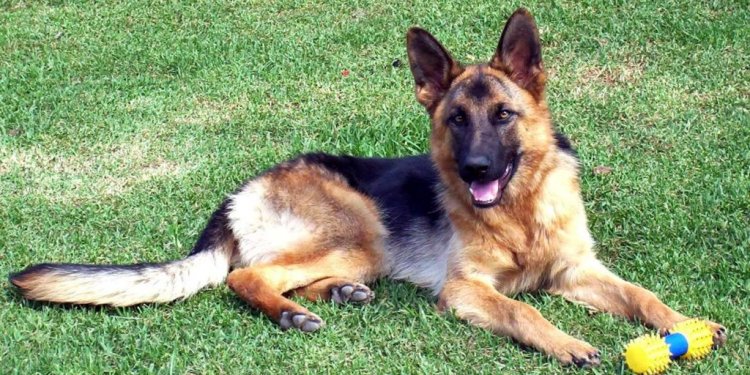
Pics of Alsatian dogs
 Dog (Canis lupus familiaris), domestic of the family (order Carnivora). It is a subspecies of the (C. lupus) and is related to and . The dog is one of the two most ubiquitous and popular domestic animals in the world (the is the other). For more than 12, 000 years it has lived with humans as a companion, protector, object of scorn or adoration, and friend.
Dog (Canis lupus familiaris), domestic of the family (order Carnivora). It is a subspecies of the (C. lupus) and is related to and . The dog is one of the two most ubiquitous and popular domestic animals in the world (the is the other). For more than 12, 000 years it has lived with humans as a companion, protector, object of scorn or adoration, and friend.
The dog evolved from the gray wolf into more than 400 distinct breeds. beings have played a major role in creating dogs that fulfill distinct societal needs. Through the most rudimentary form of , dogs were bred to accentuate instincts that were evident from their earliest encounters with humans. Although details about the evolution of dogs are uncertain, the first dogs were hunters with keen senses of sight and smell. Humans developed these instincts and created new breeds as need or desire arose.
Dogs are regarded differently in different parts of the world. Characteristics of loyalty, friendship, protectiveness, and affection have earned dogs an important position in Western society, and in the and Europe the care and feeding of dogs has become a multibillion-dollar business. Western civilization has given the relationship between human and dog great importance, but, in some of the developing nations and in many areas of Asia, dogs are not held in the same esteem. In some areas of the world, dogs are used as guards or beasts of burden or even for food, whereas in the United States and Europe dogs are protected and admired. In during the days of the pharaohs, dogs were considered to be sacred.
Dogs have played an important role in the history of human civilization and were among the first domesticated animals. They were important in hunter-gatherer societies as hunting allies and bodyguards against predators. When were domesticated about 7, 000 to 9, 000 years ago, dogs served as herders and guardians of , , and . Although many still serve in these capacities, dogs are increasingly used for social purposes and companionship. Today dogs are employed as guides for the blind and disabled or for police work. Dogs are even used in therapy in nursing homes and hospitals to encourage patients toward recovery. Humans have bred a wide range of different dogs adapted to serve a variety of functions. This has been enhanced by improvements in veterinary care and .
Ancestry
Paleontologists and archaeologists have determined that about 60 million years ago a small mammal, rather like a weasel, lived in the environs of what are now parts of Asia. It is called , the genus that became the ancestor of the animals known today as canids: dogs, jackals, wolves, and foxes. Miacis did not leave direct descendants, but doglike canids evolved from it. By about 30 to 40 million years ago Miacis had evolved into the first true dog—namely, Cynodictis. This was a medium-size , longer than it was tall, with a long and a fairly brushy coat. Over the millennia Cynodictis gave rise to two branches, one in Africa and the other in Eurasia. The Eurasian branch was called Tomarctus and is the progenitor of wolves, dogs, and foxes.













